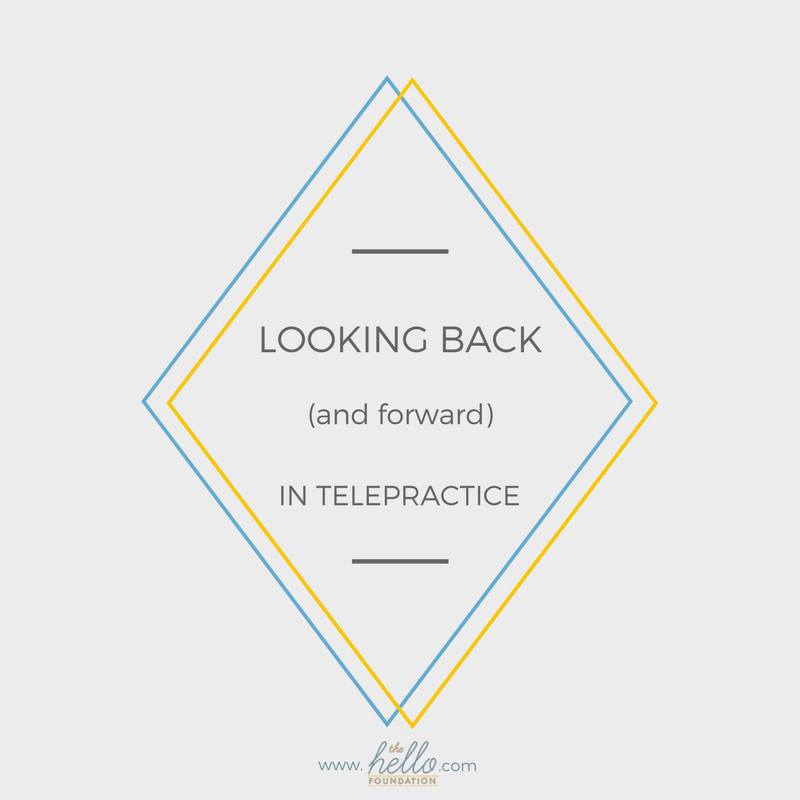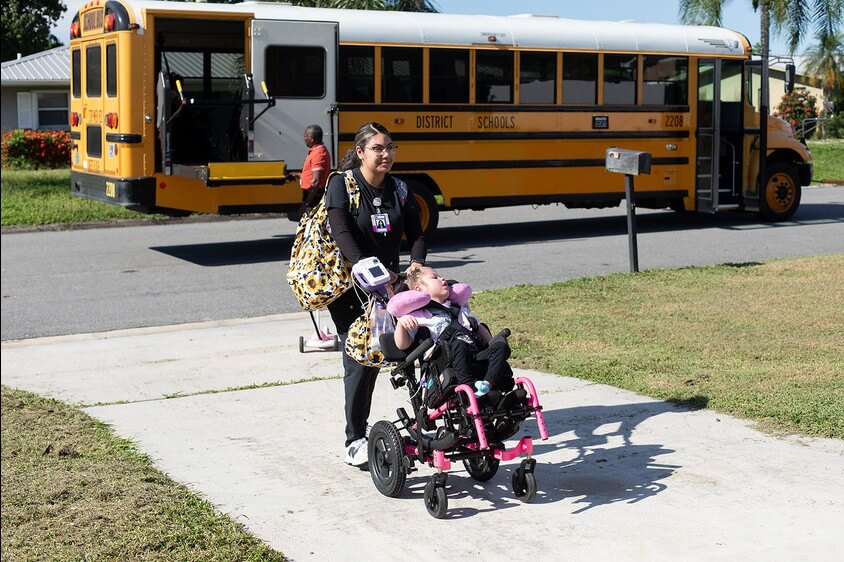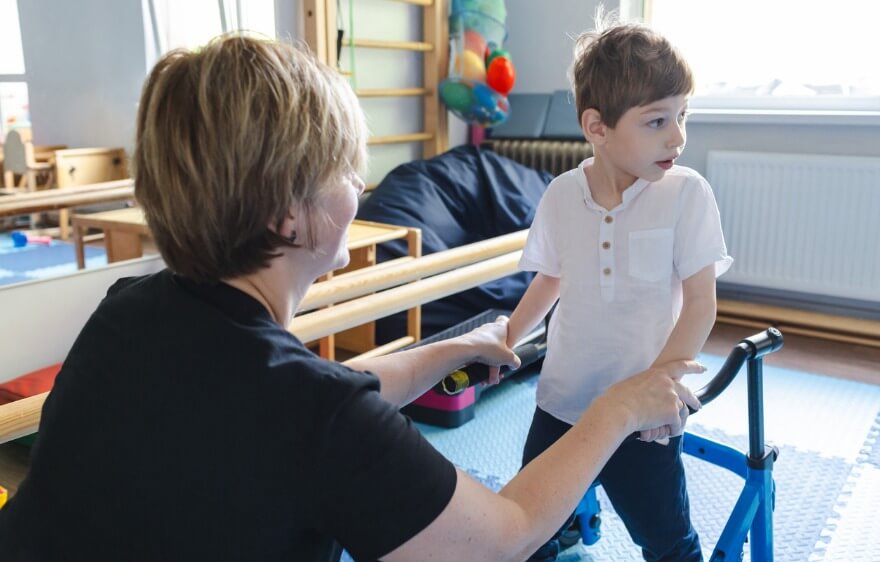I am definitely guilty of typically looking forward. I like to face forward on the train. I think there’s great advantage to being first in line. I even arrive at the airport 2 hours before my flight. However, there can be great value in looking back periodically. It sometimes can give us a hint of what’s to come.
I recently took a minute to compare the results of ASHA’s 2014 & 2016 telepractice surveys. These were web surveys of individuals who were “Special Interest Group (SIG) 18 affiliates and/or had indicated ‘telepractice/telehealth’ as an area of expertise on the ASHA dues
notice or online membership form” (ASHA, 2016). Here are some quick numbers that jumped out at me.

Participation
- Total SLPs responding
- 2014 = 483
- 2016 = 478
- Currently providing speech via teletherapy
- 2014 = 265
- 2016 = 305
Although participation in the survey didn’t change significantly over the two year period, use of teletherapy increased 13% according to these self-reports.
Locations and Settings for Teletherapy
- Top states in which teletherapy was being delivered
- 2014 = California, Florida, Ohio, Pennsylvania, Oregon
- Top international countries in which teletherapy is being delivered
- 2014 = Canada, India, China, Australia, Saudi Arabia
This question wasn’t asked on the 2016 survey. I hypothesize that as teletherapy conceptually matured this question became less relevant as the very nature of teletherapy is to reach clients where ever they may be regardless of where the clinician may sit.
- Top settings in which teletherapy is being received
- 2014 = Elementary School, Secondary School, Client’s home, Preschool, Speech & Hearing Clinic
- 2016 = Elementary School, Client’s home, Secondary School, Preschool, College/University program
The most interesting takeaway from this question is that in just a span of 2 years, serving clients in their home environment as a function of teletherapy surpassed serving students at the secondary level in the schools. Teletherapy is often being positioned as a service model of convenience . . . it wouldn’t be surprising to see client’s home environment surpass elementary school environments in the near future.
Areas Addressed with Teletherapy
- Top 5 communication areas addressed
- 2014 = Language Disorders, Articulation Disorders, Fluency Disorders, Motor Speech Disorders/Apraxia, Autism Spectrum Disorders
- 2016 = Language Disorders, Articulation disorder, Autism Spectrum Disorder, Fluency Disorders, Motor Speech Disorders/Apraxia
Hearing Aid support and treating Hearing Disorders is the least common disorder addressed, both years.
Simultaneously, while we see more services in the home environment, we’re seeing services for autism move up in the ranking of areas addressed. As more clinicians become skilled and experienced with teletherapy, it makes sense that services for more complex disorders will be available in the authentic home environment.
Sources for ongoing information on telepractice
In 2016, the top 3 choices for information on telepractice were
- #1 Employer
- #2 ASHA website
- #3 Continuing Education Programs
- (#4 is networking with colleagues)
And as teletherapy continues to mature, clinicians will obtain information from a variety of places. As with all new professional ventures, our best resources are our colleagues across settings.
I am already looking forward to the 2018 survey and to seeing the changes in our field that it will document.





